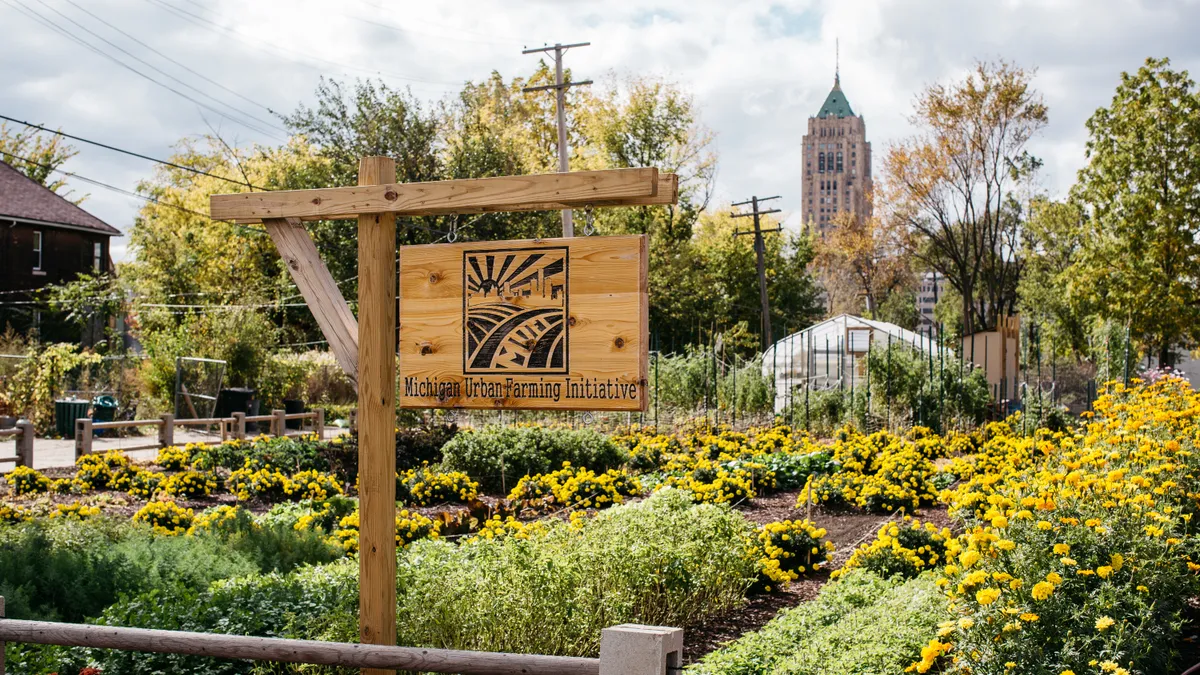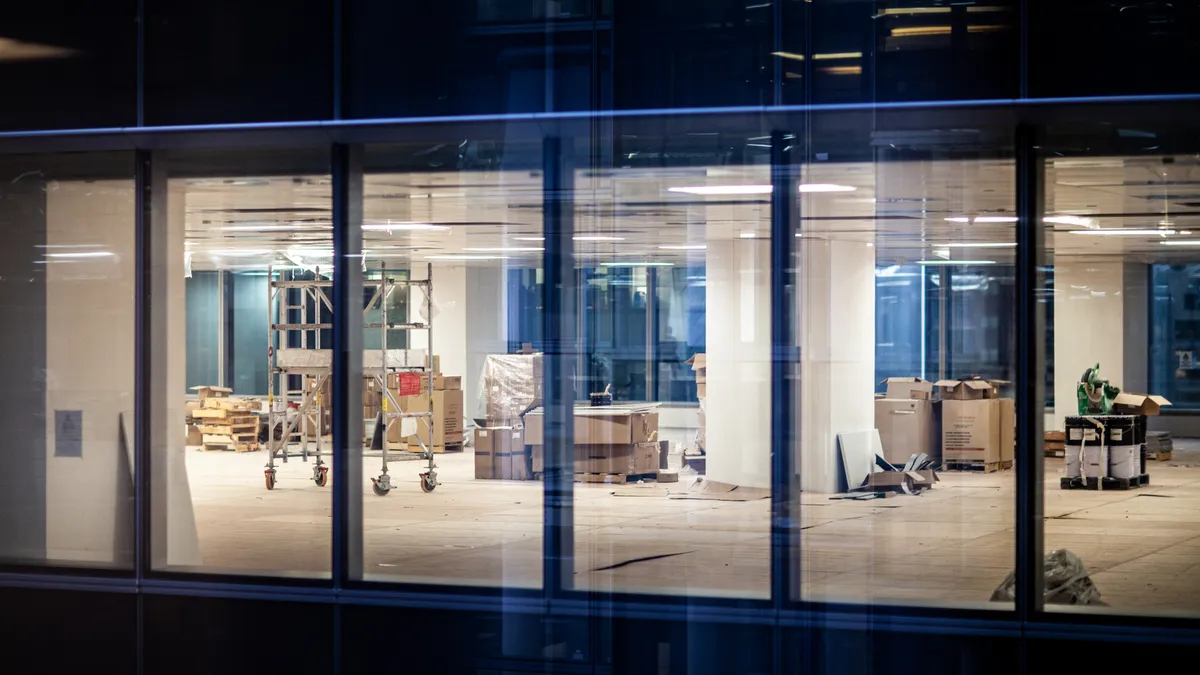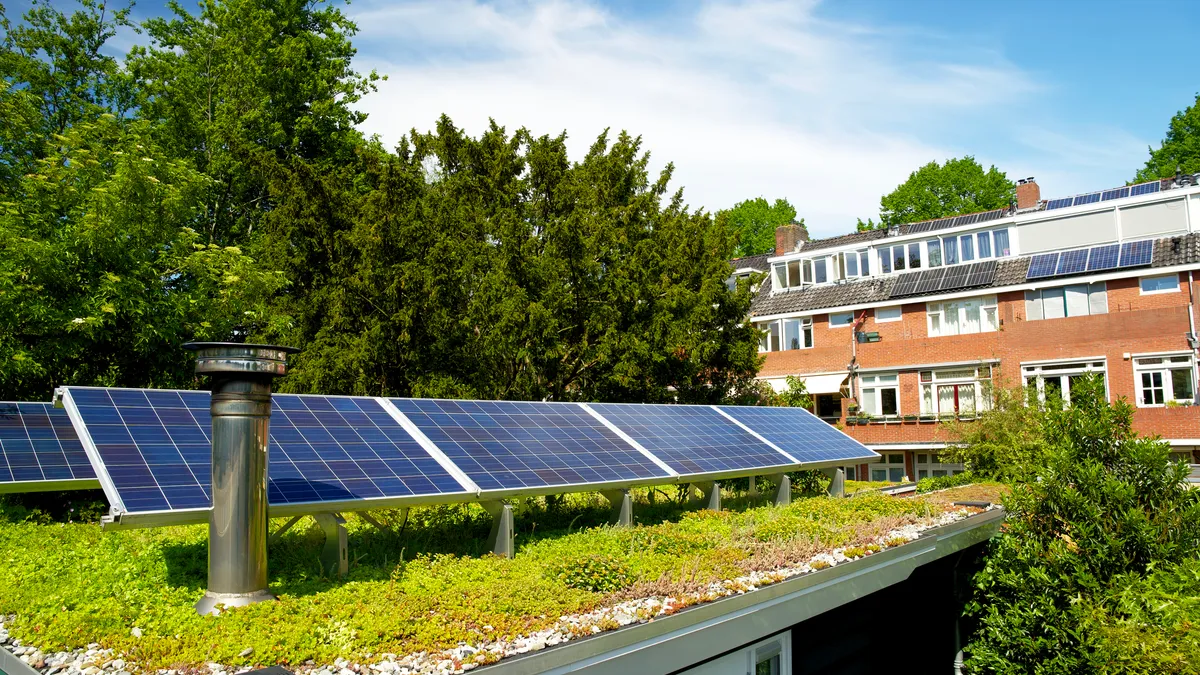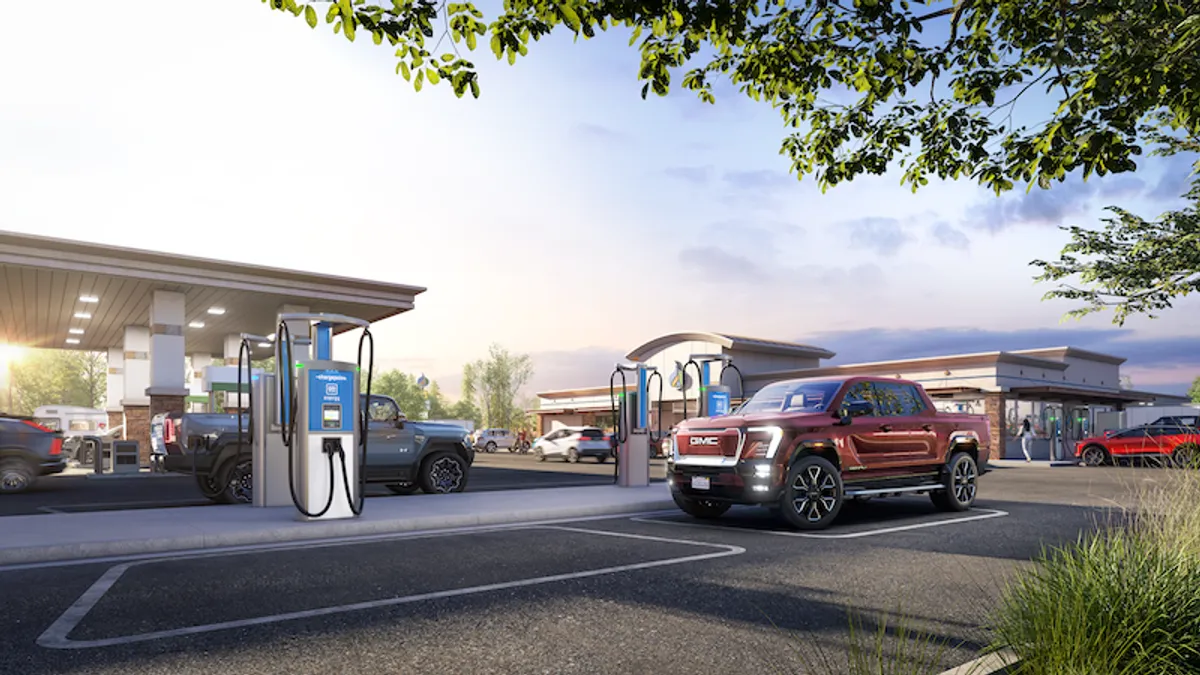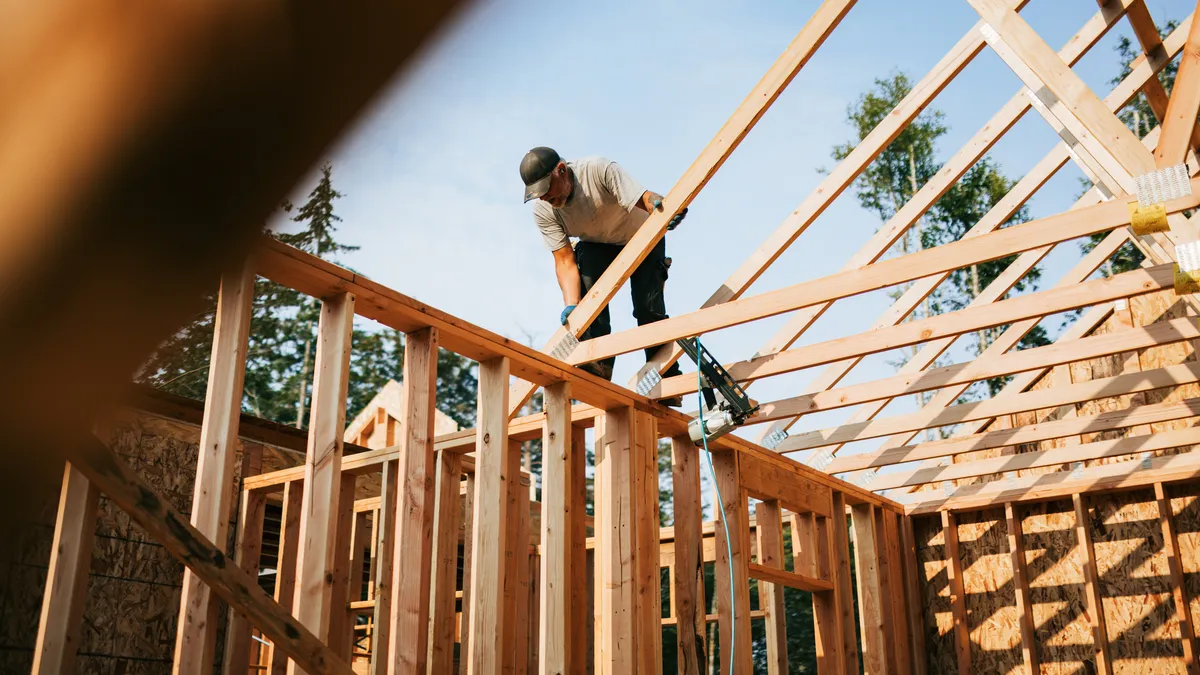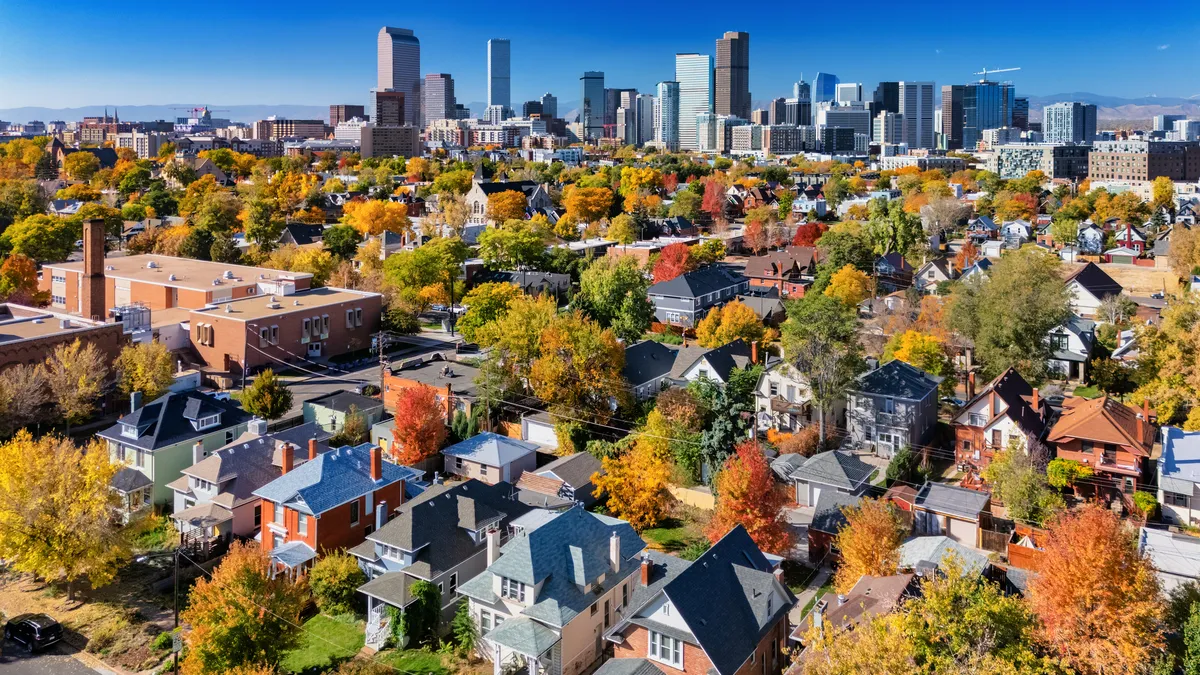Urban farming isn't exactly a new concept. Individuals, organizations and even restaurants increasingly grow their own produce on non-traditional plots of land like residential backyards, curbside strips and rooftops, to name a few. But an emerging concept gaining popularity in the urban farming space is to transform an entire neighborhood into an agriculturally-focused, mixed-use development known as an agrihood.
Agrihoods present an alternative model to neighborhood growth and revitalization, with agriculture at its center. They offer the benefits of rural farming — such as large swaths of land — with the conveniences of living in a modern metropolitan area. The renovated or newly built homes in the community often are outfitted with environmental considerations such as solar panels or composting facilities. Some liken this extreme farm-to-table experience to living at your very own community-supported agriculture system (CSA).
Most of the country's existing agrihoods — such as those in the far suburbs of Phoenix and Washington, DC — are positioned in less densely populated areas with ample space for such a development. Others, like one that just received funding in Macon, GA, aim to revitalize areas struggling with blight. A Detroit-based nonprofit has taken that revitalization concept to a new level by establishing the first agrihood within a U.S. city.
Last year, the Michigan Urban Farming Initiative (MUFI) — which launched about six years ago as a standard urban garden initiative — announced its goal to use this type of planned development to revitalize a three-acre section of Detroit's North End. That part of the city is peppered with blighted structures in addition to vacant land and occupied homes. Beyond simply presenting a sustainable urban farming community, MUFI intentionally set out to turn around the neighborhood.
"There’s already been over $3.5 million worth of individual blighted homes purchased and rehabbed because of our farm," said MUFI President and Co-founder Tyson Gersh. "I think that’s a really important thing to consider when you’re talking about neighborhoods where property values are low [and] you’re struggling with comps ... that would justify traditional financing for rehabs."
MUFI helps to orchestrate the individual acquisition and rehabilitation of blighted homes by people who want to live in the agrihood. "We’ve got people doing $300,000 and $400,000 rehabs on homes that are being assessed ... at like $150,000," Gersh said.
And the agrihood is attracting a lot of attention from Detroit citizens.
"We have an overwhelming number of people reaching out to us wanting to buy homes in the agrihood," Gersh said. So many, in fact, that demand currently exceeds supply. "People are trying to purchase a product that doesn’t even exist yet ... I think we had this idea that we were really going to have to sell the vision a little bit more, but it’s amazing that there’s already this market available and ready the moment an opportunity becomes available."
The centerpiece of MUFI's agrihood is a garden with more than 300 varieties of vegetables that are free for agrihood residents, food pantries and local churches. Those in the communal agrihood reside there with the understanding that they can contribute to the gardening tasks as their schedule allows, although no firm rules are in place.
"I think people have this idea that in an agrihood, the whole community comes out at sunset and harvests. But that’s just not how agriculture works," Gersh said. "We prefer that that part is managed independently, but in tandem with the neighborhood ... The goal isn’t to explain to people how they have to exist within a neighborhood."
The project also has garnered attention from corporate and industry partners including BASF, General Motors and Sustainable Brands. The partners largely support one of MUFI's main goals for the agrihood: transforming a long-vacant apartment complex into a community center. It will be refurbished with sustainable building materials and will house MUFI's new headquarters as well as serving as a gathering space for workshops and educational programs.
Progress on the agrihood, and particularly on the community center, has been slower than expected, though, because of a variety of barriers. One big issue that prevented the community center's completion by the original May deadline is that the scope of work has greatly increased.
"Things aren’t done because we more than quadrupled the work load. People were so excited about the agrihood that we wanted to make sure we did really well," Gersh said. "Instead of just rehabbing the building itself and trying to do LEED platinum, [we're doing the] overall site. We're incorporating not just the [community center] structure, but the surrounding three-acre campus, which turned into a much bigger reimagining ... [and] we changed the overall layout."
Despite the setbacks, MUFI has some "really exciting stuff" in the works, and "it's going to be ... very much in line with what housing of the future can be," Gersh said. "There is a lesson here for other post-industrial urban areas. Agriculture is more than a productive land use in terms of ... a product that can generate a small amount of revenue or feed people ... It actually is a performance enhancer for adjacent land uses that will allow you to achieve a higher level of investment on surrounding areas than you'd be able to accomplish otherwise."



